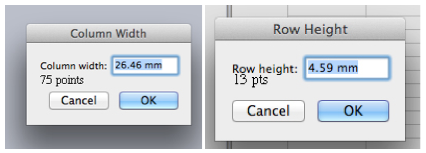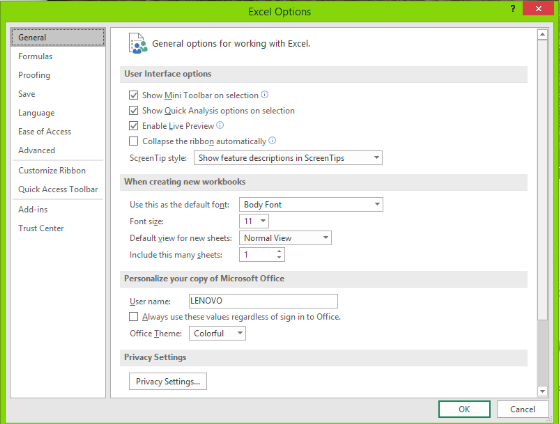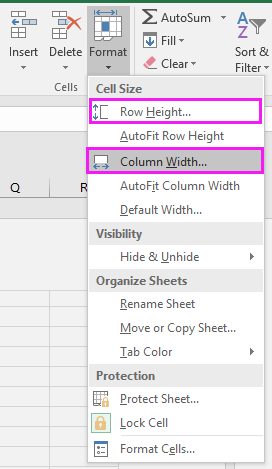
The chart will now start to take shape as a variable width column chart or histogram. Right-click on one of the chart series, click Select Data…įrom the Select Data Source window click Edit from the Horizontal (Category) Axis Labels box. Right-click on the X-axis and select Format Axis…įrom the Format Axis window select Date axis. Select the cells without the age range column (Cells B12 – F24 in our example).įrom the Ribbon click Insert -> Charts -> See All Charts.įrom the Insert Charts window click All Charts -> Area -> Stacked Area -> OK. The chart can be created with other versions of Excel, however, whilst the options may be in a different place, the principles are the same. Each subsequent category follows a similar pattern, but has more or less zeros before or after the data. The remainder of the points in Cells B17 – B24 are zero (blank). 25 years), the 7.6 is repeated, then reduces to zero. The next two points happen at 7 years over 18 (i.e. Both of these points happen at zero years over 18. Using the 18-25 group as an illustration, the first point is zero (blank), the next point is the value 7.6. Our data starts at 18, but the chart axis starts from zero, therefore the values in Cells A13 – A57 (shown above) are the number of years above 18.Įach category has 4 main points. The first step is to set-up the data in the right way. This data will be used to create this chart. The main data is shown below, Initial Data The chart we will be creating in this example uses fictional data to show customer satisfaction for a product based on various age ranges. They are created by a line chart which has been set to have no color. The data labels in the chart above are also an illusion. This provides us with the ability to create the illusion of columns. It is even possible to plot points in the same place along the x-axis, which results in a vertical line. By changing the x-axis to display a data axis we can plot a point anywhere along the x-axis. Normally, this chart type uses fixed intervals for the x-axis (the bottom axis). To create a variable width column chart we will be using a stacked area chart. With a bit of trickery, it is possible to create this chart: However, it is possible to get creative with a stacked area chart and the correct data layout. This same principle of column width also applies to histograms.Įxcel does not have any settings to change the width of individual columns when using a column chart. For example, where each column represents different ranges of data. However, in some circumstances, it would be better for the width of each column to be different. This article – – will show you three different ways that you can quickly adjust your worksheet to print the entire document on one page.In Excel, the standard column chart will display all columns with the same width at regular intervals.


If your Excel worksheet is not printing well, then you will probably need to change some settings. Step 5: Enter the inch value that you would like to use for the column width or row height, then click the OK button. Step 4: Click the column letter or row number that you wish to set in inches, then click either Column Width or Row Height. Step 3: Click the Page Layout button in the Workbook Views section of the ribbon. Step 2: Click the View tab at the top of the window. Step 1: Open your workbook in Excel 2013.
#Excel for mac column width units how to
Once the unit of measurement is correct, then you can follow these steps below to learn how to set cell sizes in inches instead of the default “characters” setting that it uses otherwise. If not, then you can change the unit of measurement in Excel 2013 by clicking the File tab at the top-left of the window, clicking the Options button in the left column, Clicking the Advanced tab, then scrolling down and changing the Ruler Units setting in the Display section to your preferred unit of measurement. The steps in this article will assume that your Excel version is currently using the local unit of measurement that is preferred in your country. Setting Column Width and Row Height in Inches in Excel 2013 Our guide below will show you the steps to take so that Excel 2013 will let you enter values in inches instead of characters so that you can more easily set your cell sizes with a unit of measurement that is more familiar.

Fortunately you can make a quick adjustment that will allow you to set your cell sizes in inches instead of the default unit that is used in Excel’s Normal view. This may not be very helpful, however, if you need to set specific cell sizes in your workbook. This unit of measure in the number of characters that will be displayed in the cell. There are a couple different ways to change the size of a cell in Microsoft Excel, but the most common methods will require you to set your column width or row height using a unit of measure call that can be difficult to evaluate.


 0 kommentar(er)
0 kommentar(er)
